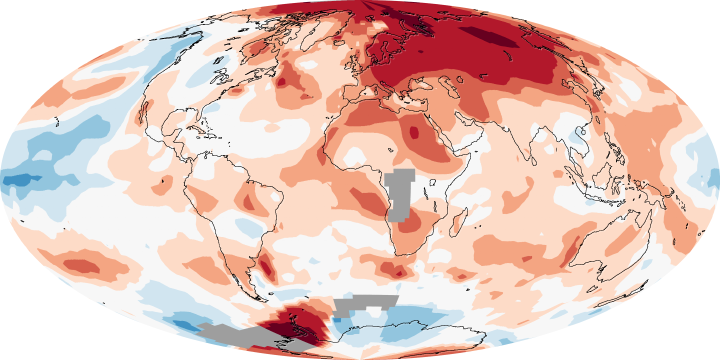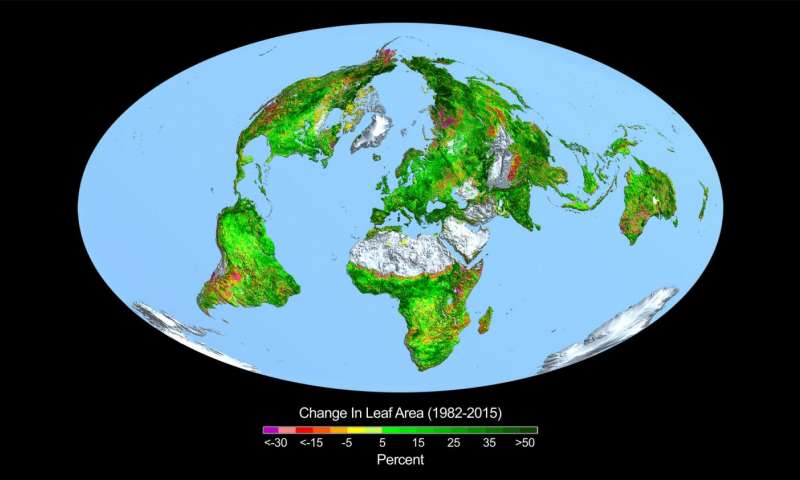HUGE ANTARCTIC ICE SHELF ON BRINK OF COLLAPSE
Alister Doyle, Reuters – A huge Antarctic ice shelf is on the brink of collapse with just a sliver of ice holding it in place, the latest victim of global warming that is altering maps of the frozen continent. . . The flat-topped shelf has an area of thousands of square kilometers, jutting 20 meters (65 ft) out of the sea off the Antarctic Peninsula. But it is held together only by an ever-thinning 40-km (25-mile) strip of ice that has eroded to an hour-glass shape just 500 meters wide at its narrowest. In 1950, the strip was almost 100 km wide. . .
The Wilkins once covered 16,000 sq km (6,000 sq miles). It has lost a third of its area but is still about the size of Jamaica or the U.S. state of Connecticut. Once the strip breaks up, the sea is likely to sweep away much of the remaining ice. . .
In total, about 25,000 sq km of ice shelves have been lost, changing maps of Antarctica. Ocean sediments indicate that some shelves had been in place for at least 10,000 years.
THE WORLD’S TEMPERATURE
NASA – Calendar year 2008 was the coolest year since 2000, according to a NASA analysis of worldwide temperature measurements, but it was still in the top ten warmest years since the start of record-keeping in 1880.

The 10 warmest years have all occurred within the 12-year period from 1997-2008. The map above shows global temperature anomalies in 2008 compared to the 1950-1980 baseline period. Most of the world was either near normal or warmer than normal. Eastern Europe, Russia, the Arctic, and the Antarctic Peninsula were exceptionally warm (1.5 to 3.5 degrees Celsius above average). The NASA scientists attribute the relative coolness of 2008 to the persistent La Nina.
IMPORTANT GLACIER MELTING AT MORE THAN GLACIAL SPEED
Telegraph, UK – With the possible exception of the ice that covers Greenland, the West Antarctic ice shelf is the most important body of water in the world. If it thaws, the results will be disastrous for millions, raising sea levels and flooding coastal cities such as London, New York, Tokyo and Calcutta. So it is understandable that scientists are alarmed as to why one particular section of it – Pine Island Glacier – is melting so much faster than the rest.
Pine Island, which contains around 30 trillion liters of water, is slipping into the sea at an ever accelerating rate, a development that alone could raise sea levels by as much as 10cm over the next century. Starting at an altitude of 2,500m, the glacier is 95 miles long and 18 miles wide, reaching the sea as an ice wall 750m high. Even before it began to speed up, it was one of the fastest-flowing glaciers in the world, at nine yards a day.
Scientists believe that the thinning of the glacier, and its acceleration, are due to unusual melting under the base as it enters the ocean. This is caused by either global warming or a hitherto unknown factor, such as an underwater volcano.
Finding proof of either, however, has been problematic. The mountain glaciers in the west of the Antarctic have the worst blizzards and some of the harshest temperatures on the planet. The zone is too hostile for any research station, so scientists have to base information on satellite studies and aerial surveys.


